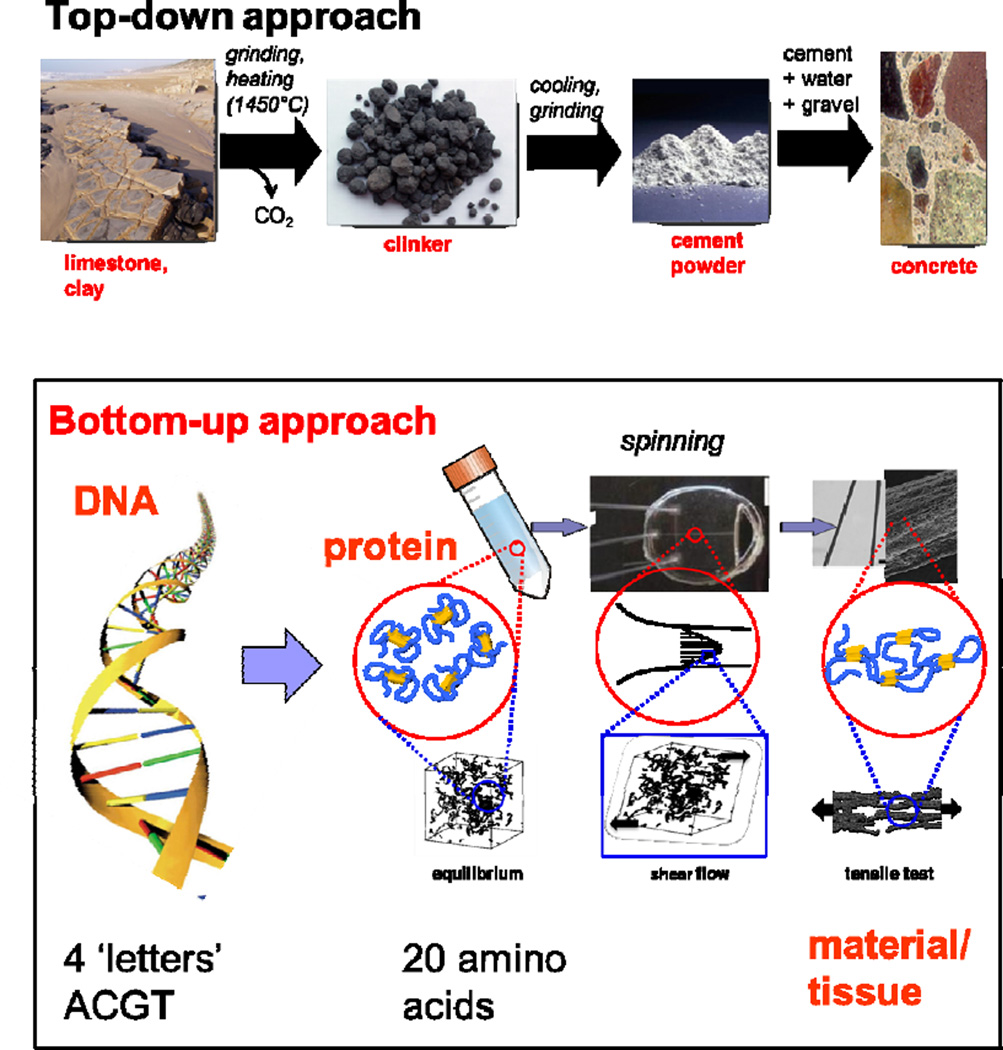Figure 1. Conventional and new material design and manufacturing approaches; here focused on bioinspired protein polymers.
The conventional top-down approach typically requires distinct raw materials for different material properties (e.g.: limestone and clay to make cement, iron ore and carbon to make steel, petroleum to make plastics, etc.). In a bottom-up bioinspired approach, the same set of limited building blocks (DNA, protein, etc.) are used to create many different material functions (e.g.: collagen proteins to make tendon, silk proteins to make cocoons, or elastin and collagen proteins to make skin; whereby all of these are made from the same library of 20 amino acids).

